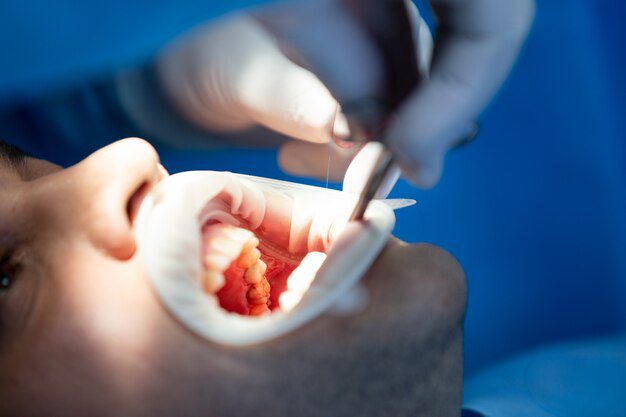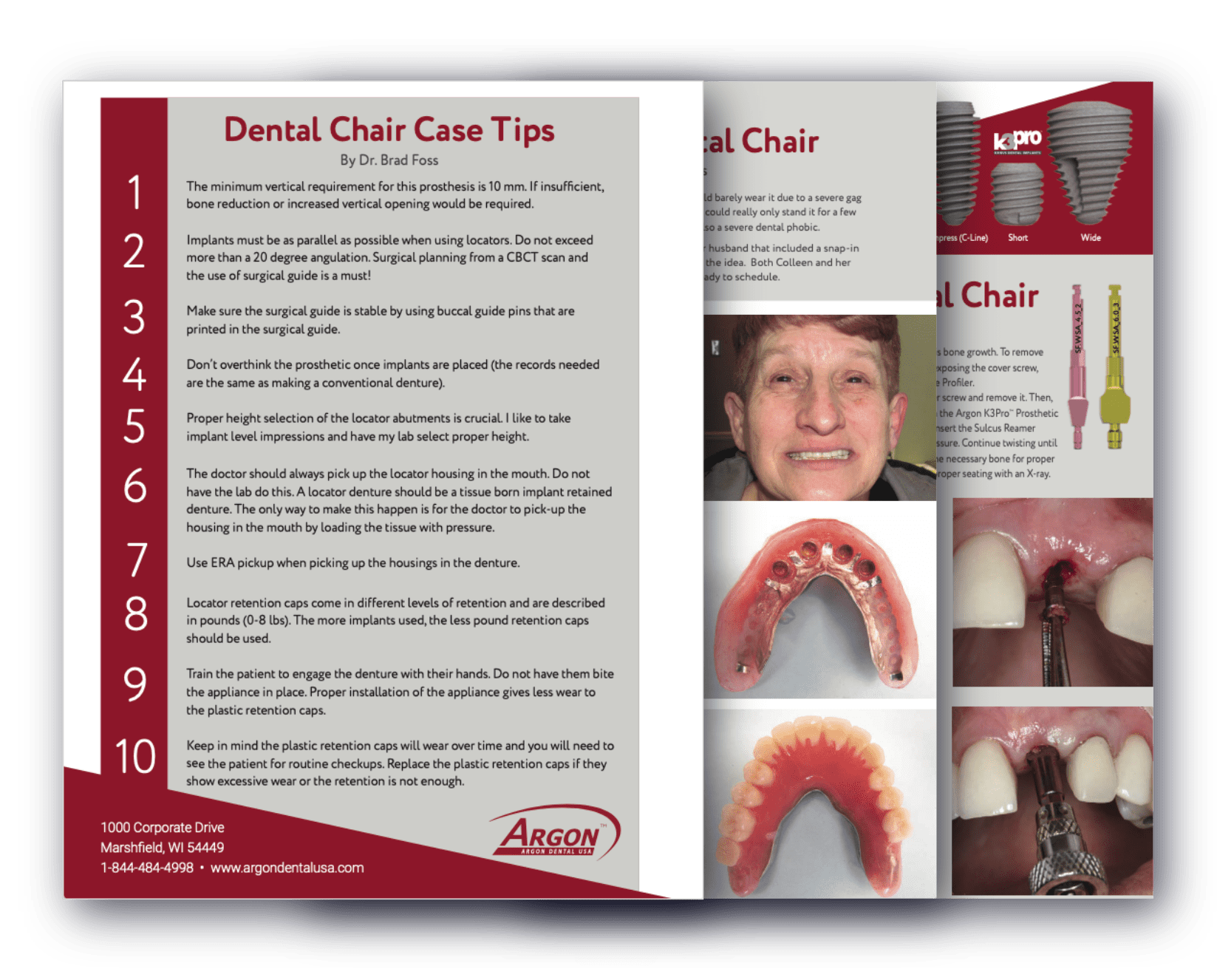Morse Taper Dental Implants by Argon: A Cut Above The Rest
September 25, 2023

One of the biggest challenges in implant dentistry is maintaining the hard tissues around the head of an implant so the soft tissue has adequate support and can promote healthy growth and development of natural gingival contours.
An important factor that can affect the process is the abutment-implant connection. Dental implant systems by Argon offer a deep 4.2 mm 1.5° (total 3°) conical connection. A stable connection devoid of microgaps prevents bacterial infection and colonization. Endotoxin can negatively affect peri-implant bone levels. Morse taper connections also prevent endotoxin leakage through implant-abutment connections.
Morse Taper Connection Explained
When two metal conical parts with walls at an angle of 5° or less are fitted together, the resulting friction between them leads to a wedging effect known as Morse taper connection. If the angle formed by the male conical part is 0.25° less than that formed by the female conical part, a seal is formed at the top of the cone.
Benefits
An unstable connection can cause bacterial contamination, leading to crestal bone loss (down to the first thread in some cases). The loss of hard-tissue scaffolding can affect gingival architecture and, as a result, treatment outcomes.
Morse taper implants by Argon provide a stable abutment-implant interface to eliminate microgaps and create an effective hermetic seal that prevents bacterial growth in the abutment-implant juncture. The stable connection promotes bone growth over the shoulder of the implant and preserves bone levels between adjacent implants, helping maintain natural gingival profiles.
A study found that the Morse locking taper connection has the highest reliability (99 percent). In comparison, the external hex has a reliability of just 31 percent (Almeida and Coelho).
In a study carried out in four different centers by Carlo Mangano, Francesca Mangano, Massimiliano Ricci, Jamil Awad Shibli, Rachel Lilian Sammons, Michele Figliuzzi, the overdentures of 60 patients were planned with support from four implants anchored on a bar. 288 Morse Taper connection implants were inserted. After five years, the implant survival rate was 98 percent. Among the implants that survived, 278 were declared successful (4 success criteria for implants were-no exudate history, absence of pain, the distance between implant shoulder and first crestal bone implant contact should not exceed 2 mm, and suppuration/clinical mobility).
The researchers concluded that when bar-retained maxillary and mandibular overdentures were planned (supported by Morse taper connection implants) satisfactory survival and success rates could be achieved.
How Does the Morse Taper Connection Prevent Bacterial Contamination?
A traditional system is held by the internal screw in place. There is always a small space between the abutment and the implant. In Morse taper implants, this gap is smaller than 1 micron. The smallest bacterium measures 1.5 microns, which means there is no chance of implant components acting as conduits or reservoirs for bacteria.
Screw loosening is a common reason for dental implant failure (in the case of single tooth reconstructions). Morse taper connection is designed to absorb functional stress and vibrations to prevent loosening of screws.
Argon Dental USA is the sole distributor of Argon dental implant systems. Manufactured in Germany, Argon dental implant systems are a shining example of German engineering. To learn more, call 844-484-4998.



